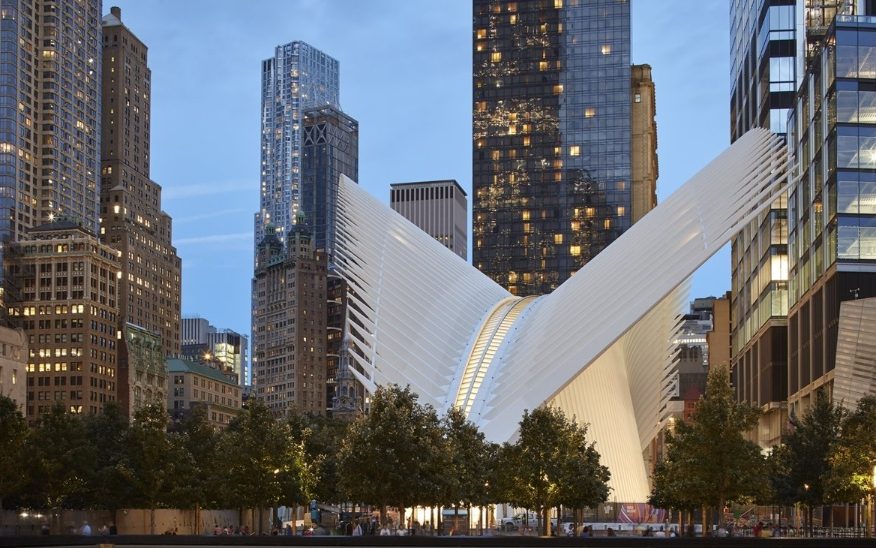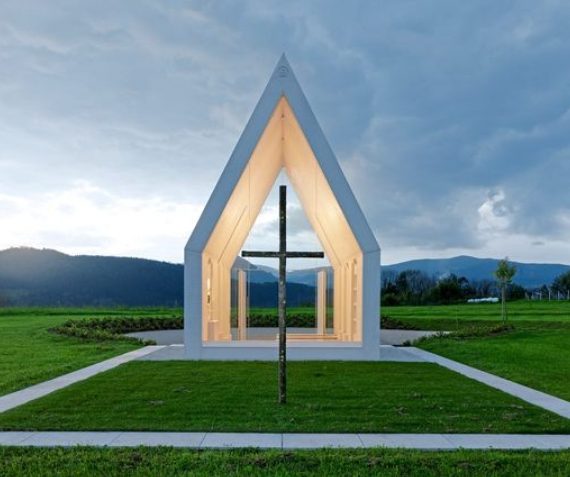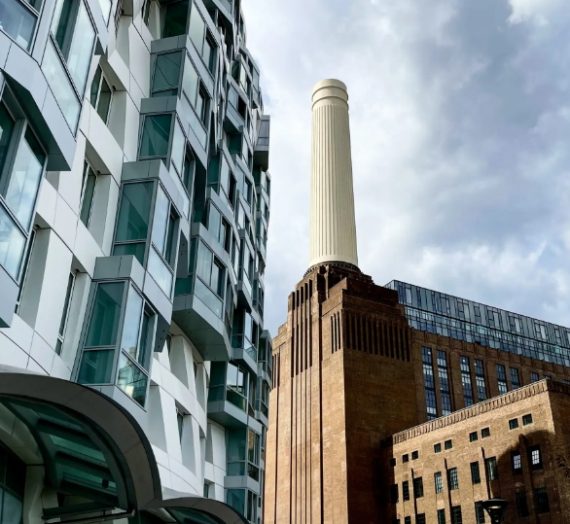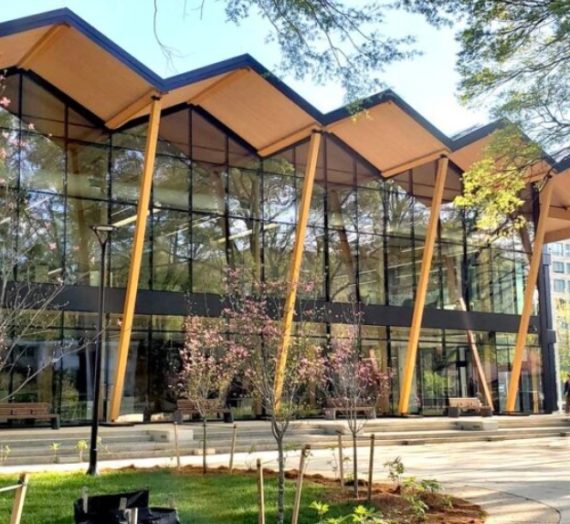Heroes or Villains: Modern Architecture and its Controversial Creators
Despite its grandeur and elegance, modern architecture is not immune to controversy and neither are its designers. Some architects are adored, others revered, while a few are mercilessly criticized, but at some point in their careers, even the most celebrated of them have had to endure the scandals that arise from one of their designs. In this lighthearted journey, we delve into a few examples to unravel the root of the problem and uncover what went wrong.
In the early 1980s, Tom Wolfe, a renowned practitioner of new journalism, took on the world of architecture in his insightful book, “Who’s Afraid of the Fierce Bauhaus?” Here, he critiques the architects associated with the modern movement and takes aim at those who fled to the United States after the rise of Nazi Germany. Led by Walter Gropius and Mies van der Rohe, this group was nicknamed the “Babylon of capitalism” and accused of being mercenary for blindly following their aesthetic principles, funded by America’s economic elite.
The architects of the Bauhaus were not the only ones to face criticism and insults. The late Baroque style, represented by architects such as Pedro de Ribera, was derisively referred to as “Churrigueresque” by neoclassical academic Villanueva. But perhaps the most famous insult was that inflicted by Adolf Loos upon Emperor Franz Joseph himself, when he erected the Looshaus in front of the Hofburg. The Habsburgs referred to it as the “horrible house without eyebrows” due to its lack of ornamentation on the windows, which was considered a crime against imperial tastes. To avoid seeing it, they forever blocked the palace entrance that overlooked Michaelerplatz.
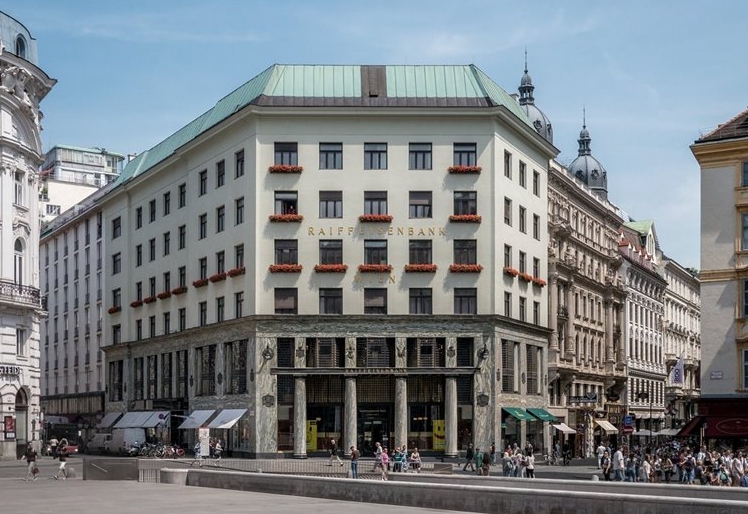
Regardless of their status as kings, emperors, or dictators, every client is a client to an architect. It is understood that a client will never dictate to an architect how to do their job. The cost of brilliance is high, and even the greatest architects have found themselves at the center of some of the most notorious controversies in the field.
1. The Eiffel Tower, “the disgrace of Paris”
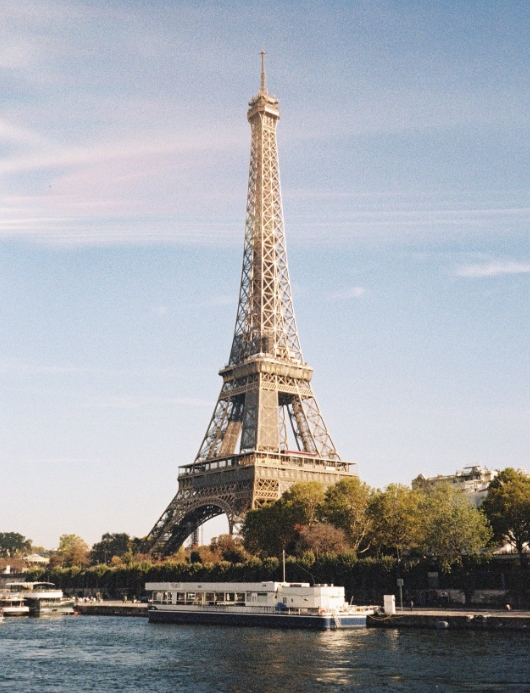
Nowadays, the Eiffel Tower is considered a symbol of French chic and is one of the most famous monuments in the world. However, upon its construction in 1889, it was met with widespread anger and disappointment. Dubbed a “truly tragic lamppost,” the tower, which was subsidized, did not sit well with everyone. Architect and curator Bertrand Lemoine compiled the many offenses against it in a book, including those featured in the “Artists’ Protest Against Monsieur Eiffel’s Tower” manifesto, published in Le Temps. The signatories of this manifesto were none other than the intellectual and cultural elite of the time, including Guy de Maupassant, Alexandre Dumas Jr., William Bouguereau, and Charles Garnier, the architect of the Paris Opera.
The “Artists’ Protest Against Monsieur Eiffel’s Tower” manifesto aimed to make it clear that the signatories were “against the erection in the heart of our capital of the useless and monstrous Eiffel Tower.” They deemed it “dizzyingly ridiculous, similar to a huge factory chimney.” Paul Verlaine didn’t need to sign the manifesto to insult the tower in his own way, calling it a “watchtower of skeletons.” However, the best insult goes to Joris-Karl Huysmans, who referred to it as a “fundibuliform wire mesh” and a “suppository riddled with holes.”
2. The Pompidou in Paris: the “Notre-Dame of the Pipes”
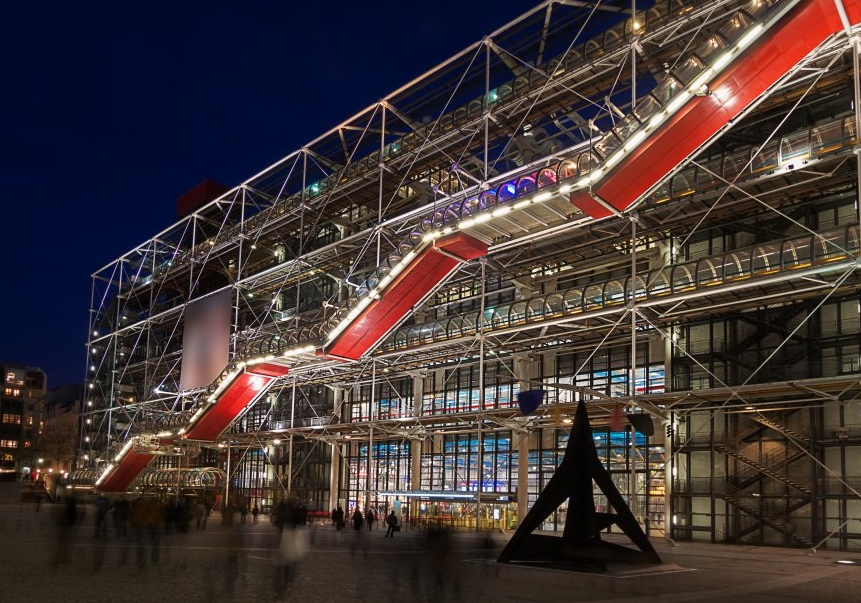
Jean Baudrillard predicted in “L’effet Beaubourg” that 20th century art aimed to transform the world, but that contemporary art museums had become “something else”. He foresaw the backlash that one such museum, the Pompidou in Paris, would face, both for its design and content. President Pompidou himself predicted the reaction when he first saw the designs, exclaiming, “It will make people scream.” The young and talented architects Renzo Piano, Gianfranco Franchini, and Richard Rogers ended up being at the center of one of the most contentious architectural controversies of the 20th century.
The Pompidou Centre, a building that sparked controversy for its bold design, once stood on the site of Les Halles market, a beloved location in Paris. Despite initial backlash, with Le Figaro calling it a “visual assault” and likening it to a “Loch Ness monster,” the Pompidou Centre has now become the third most visited building in the city.
3. The Ruedo de Oiza or the “prison” of the M-30
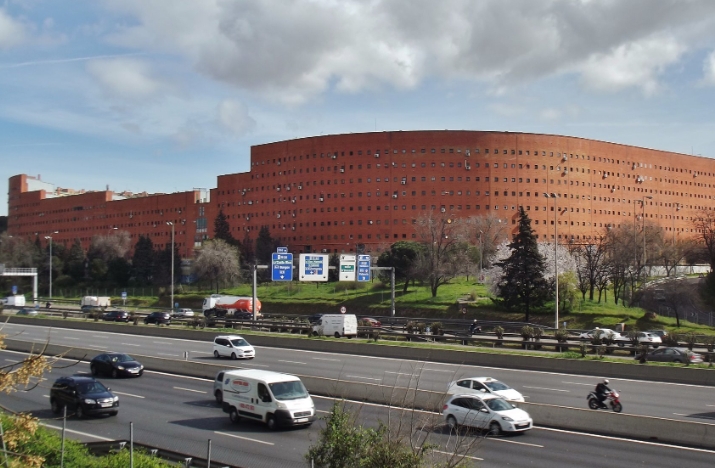
The El Ruedo project, located beside the busy M-30 road in Madrid, was won by architect Saénz Oiza. The project consisted of a series of homes designed as a spiral-shaped “wall”, which was likened to a prison from the start. Despite meeting the project specifications, the 346 homes faced 346 complaints from their owners, with issues ranging from bed sizes not fitting curved rooms to small kitchens. However, Oiza expertly navigated the controversy, even advising a disgruntled neighbor to “let the house and become an architect.”
4. Mies and the Seagram, the almost perfect building
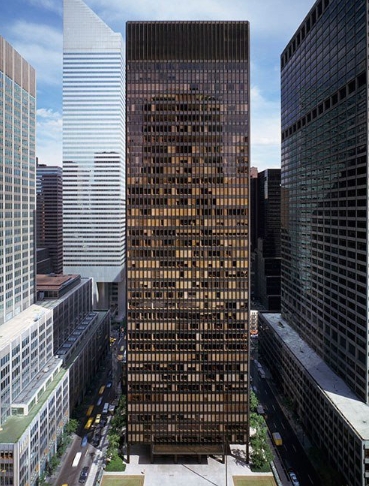
Ludwig Mies van der Rohe is an architect who has navigated controversy with ease. Known for his sleek, minimalist designs, Mies envisioned the Seagram Building as the epitome of anti-bourgeois living. However, he may have overlooked the fact that people would actually be living there. In response, he issued a warning to residents, reminding them that curtains were not allowed in order to maintain the building’s orthogonal aesthetic. Despite this, Mies remains one of the most renowned architects of the 20th century, celebrated for his sophisticated and elegant designs.
Ludwig Mies van der Rohe, a master of minimalist architecture, famously believed in the power of details. He designed the Seagram Building with strict rules to maintain its orthogonal aesthetic, including prohibitions on using windows as bookrests, desks or placing flower pots. If a resident dared to break these rules, they were met with a visit from Mies’s envoys who would promptly remove any offending curtains or cushions. Despite residents’ complaints about the building feeling like a “scalp-eye”, Mies only relented by allowing the use of curtains, but only in three positions and in white or beige. This is a testament to Mies’s famous saying that “god is in the details.”
5. King Charles of England against everyone
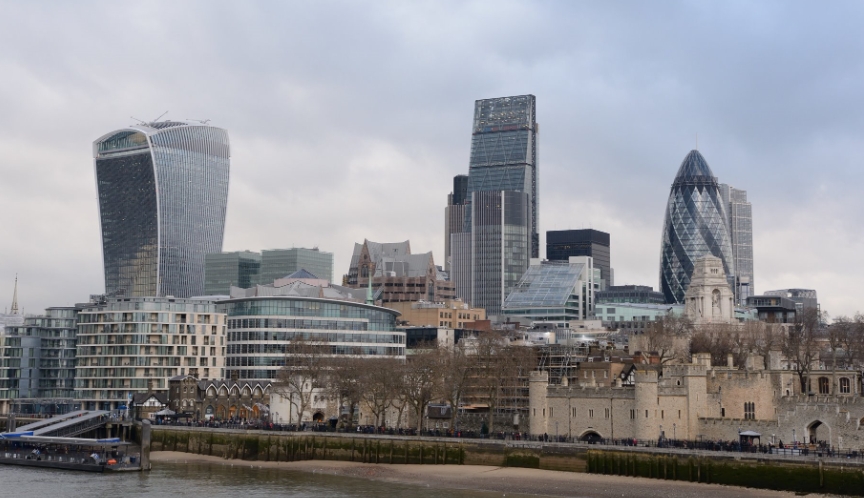
In 1984, King Charles of England took a strong stance against Robert Venturi’s proposal to expand the National Gallery, calling it a “monstrous carbuncle.” This sparked controversy as some believed it was too similar to a municipal fire station. The argument even escalated to the point where Venturi threatened to withdraw the project. The disagreement was over the placement of a column in a room. Years later, Denise Scott Brown, Venturi’s wife and professional partner, added to the controversy by referring to the design as “a toothpick through a sandwich.”
To put it briefly: King Charles has been at odds with architects for the past 30 years. He is critical of the state of contemporary architecture and finds fault with the redevelopment of London’s City. Despite having buildings by renowned architects like Foster + Partners, Jean Nouvel, and Rafael Viñoly, he considers them to be merely “giant glass stumps”. He actively tried to have architects removed from projects, such as Richard Rogers from Chelsea Barracks, and even criticized Jean Nouvel’s potential impact on St. Paul’s Cathedral without even seeing the project. The new king doesn’t care about prestige, like who has won a Pritzker prize, as he will soon be faced with divine judgement.
6. The Guggenheim in New York, the building that “looks like a washing machine”
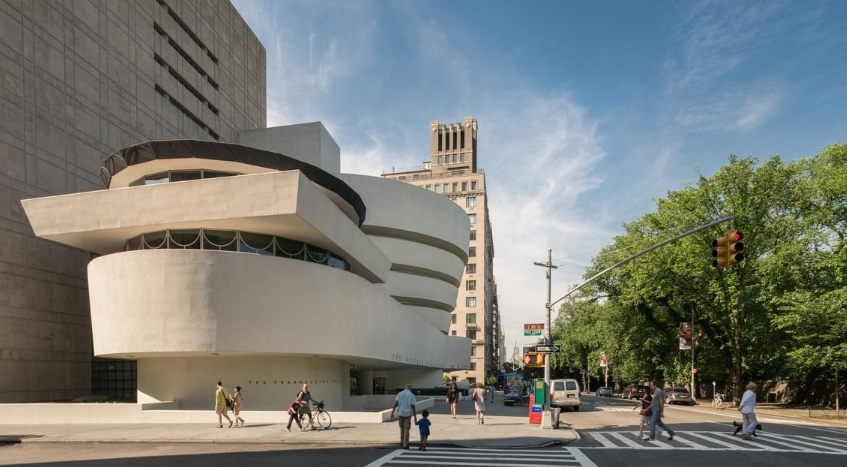
Frank Lloyd Wright was known for his controversial and outspoken nature in the architecture world. He was often critical of other architects and their works, including Le Corbusier and Gropius. He was dismissive of Le Corbusier, even declining to meet him on his only visit to the US, and referred to Gropius as “Herr Gropius.” Despite his criticisms, his design of the Guggenheim Museum in New York, opened in 1959, remains one of the most famous and debated works in modern architecture.
Frank Lloyd Wright’s Guggenheim Museum in New York caused a stir upon its opening in 1959, six months after the architect’s death. Critics were not shy in sharing their opinions on the building, with some calling it a “cinnamon roll” due to its spiral shape and others likening it to a washing machine, inverted cupcake, sink without handles, giant corkscrew, and mold of giant jelly. Even Woody Allen got in on the criticism, comparing the museum to a bidet. Despite the criticism, the Guggenheim remains one of the most iconic buildings in North America.
7. The cross of Santiago Calatrava
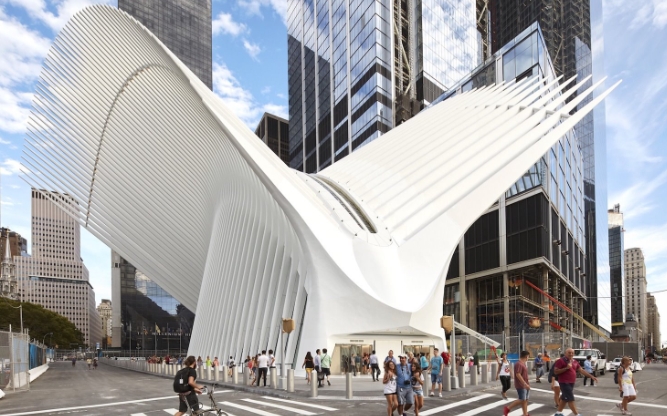
Santiago Calatrava is a controversial architect known for building structures that have faced public criticism and legal issues. He has faced lawsuits from clients due to problems with falling roofs, leaky roofs, hazardous bridges, and accusations of inadequate technical supervision. Despite this, Calatrava’s work continues to draw attention for its unique design.
Despite some hailing him as a visionary, Santiago Calatrava has a reputation for attracting controversy with his projects. From falling or leaking roofs to bridges that are deemed unsafe, his works have sparked public and critical backlash. Yet, he continues to receive commissions, including a recent Greek Orthodox church in the Ground Zero of the Twin Towers. Nevertheless, his buildings have faced ridicule, such as The World Trade Center Transportation Hub being compared to a “kitschy stegosaurus” by The Times. This is the nature of Calatrava’s futuristic style.

